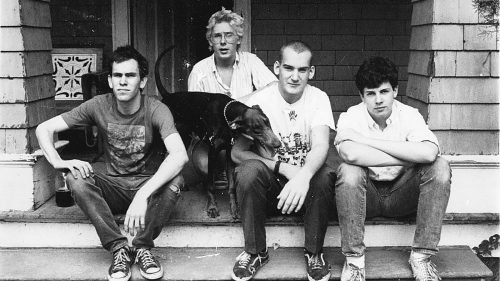In the early 1980s, amid the chaotic and often self-destructive punk rock scene, a new subculture began to take shape, defined by its stark contrast to the excesses that dominated the era. Imagine a group of young punks at a show, but instead of indulging in the usual debauchery, they are clear-headed, proudly sporting black X’s on the back of their hands. This symbol, now iconic, marked the birth of the Straight Edge movement—an ideology that rejected drugs, alcohol, and promiscuity. At the heart of this cultural shift was Minor Threat, a hardcore punk band from Washington, D.C., whose brief yet explosive existence would leave an indelible mark on the music world.
Minor Threat, with their raw and powerful music, channeled the frustration and disillusionment of their generation into a coherent and radical new lifestyle choice. Their song “Straight Edge” not only gave the movement its name but also laid down the principles that would guide it. The band’s uncompromising stance on sobriety and self-control resonated deeply with fans, sparking a subculture that continues to thrive decades later. This article explores how Minor Threat’s fervent message ignited the Straight Edge movement, creating a lasting legacy within punk rock and beyond.
Historical Context
Punk Rock Scene of the Early 1980s
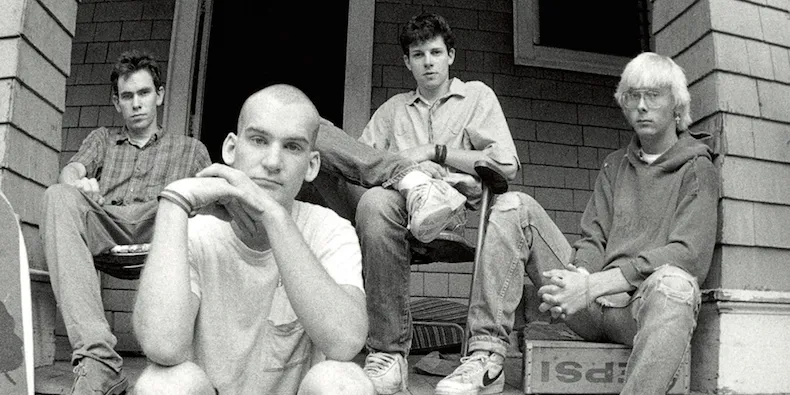
The early 1980s punk rock scene was a turbulent and electrifying period in music history. Born from the angst and disillusionment of youth, punk rock was a raw, fast-paced genre that rebelled against the mainstream. Its do-it-yourself (DIY) ethic encouraged bands to produce their own records and organize underground shows, fostering a sense of community and independence. The scene was characterized by its aggressive sound, anti-establishment lyrics, and a fashion style that included leather jackets, ripped clothing, and distinctive hairstyles like mohawks and dyed hair. Punk rock wasn’t just music; it was a cultural revolution that challenged societal norms and gave a voice to the marginalized and disaffected.
Introduction of Minor Threat
Amidst this chaotic and vibrant backdrop, Minor Threat emerged in Washington, D.C., in 1980. Formed by vocalist Ian MacKaye and drummer Jeff Nelson, who had previously played together in the Teen Idles, Minor Threat quickly became a significant force in the hardcore punk scene. The band’s lineup was solidified with the addition of guitarist Lyle Preslar and bassist Brian Baker, and they wasted no time making an impact.
Minor Threat’s music was a sonic assault—short, fast, and intense, with songs often clocking in at under two minutes. Their lyrics were direct and confrontational, addressing themes of alienation, self-control, and personal integrity. The band’s debut EP, released in 1981, featured the track “Straight Edge,” which outlined a lifestyle free from drugs and alcohol. This song, with its straightforward message and powerful delivery, resonated with a segment of the punk community tired of the prevalent substance abuse and reckless behavior. Minor Threat’s influence extended beyond their music; their commitment to a sober lifestyle and their DIY approach inspired a new generation of punks to adopt the Straight Edge ethos, creating a lasting cultural shift within the scene.
Minor Threat and the Birth of Straight Edge
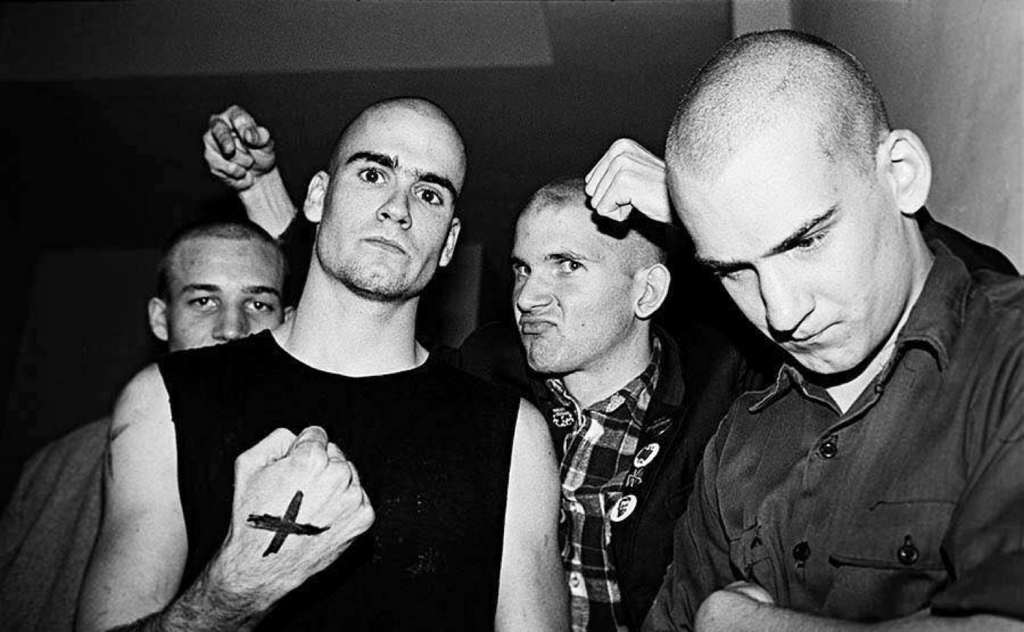
The Song “Straight Edge”
Minor Threat’s song “Straight Edge,” released in 1981, is a pivotal track that became the anthem of a new subculture. The song is a succinct 46-second burst of raw energy, reflecting the band’s hardcore punk ethos. Its lyrics, written by frontman Ian MacKaye, articulate a rejection of the self-destructive behaviors prevalent in the punk scene:
“I’m a person just like you, But I’ve got better things to do Than sit around and fuck my head, Hang out with the living dead.”
MacKaye’s straightforward and unapologetic lyrics denounce the use of drugs and alcohol, promoting a lifestyle of self-control and personal responsibility. The song’s message is clear: true rebellion lies not in self-destruction, but in maintaining one’s integrity and making conscious, healthy choices. This radical departure from the typical themes of nihilism and indulgence in punk music provided a blueprint for the Straight Edge movement.
Band’s Influence
Minor Threat’s commitment to a sober lifestyle and their principled stance on personal conduct set them apart from other punk bands of the era. While many of their contemporaries were known for their hedonistic and reckless behavior, Minor Threat advocated for sobriety and self-discipline. This was not just a lyrical theme but a lived reality for the band members, particularly MacKaye, whose personal choices mirrored the ethos espoused in their music.
Their rejection of drugs, alcohol, and promiscuity was revolutionary within a subculture that often glorified excess and chaos. This distinction gave rise to a new segment of the punk community that identified with these values. The black X’s drawn on their hands, initially used to mark underage concertgoers who couldn’t be served alcohol, became a symbol of the movement. This simple yet powerful gesture was adopted by fans who embraced the Straight Edge philosophy, symbolizing their commitment to a clean lifestyle.
Growth of the Straight Edge Movement
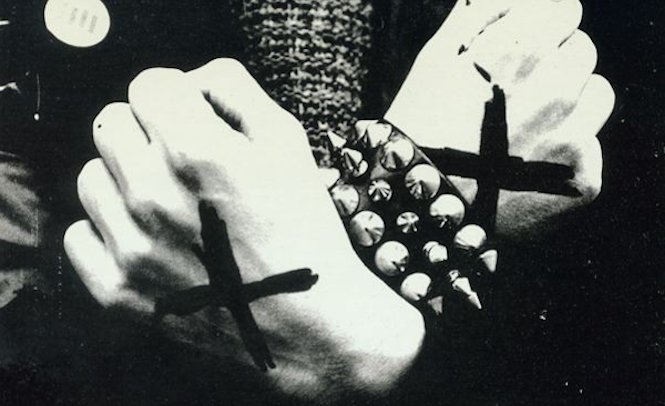
Early Adoption
The Straight Edge philosophy, introduced through Minor Threat’s music, quickly resonated with a segment of the punk community that was disillusioned by the rampant substance abuse and nihilism prevalent in the scene. Fans were drawn to the band’s message of self-control and personal integrity, finding in it a form of rebellion that contrasted sharply with the mainstream punk ethos. The simplicity and directness of the lyrics in “Straight Edge” provided a clear and accessible framework for those seeking an alternative lifestyle. As Minor Threat’s popularity grew, so did the adoption of Straight Edge principles among their listeners, leading to the rapid spread of the movement within the punk community.
Formation of a Subculture
As more individuals embraced the Straight Edge philosophy, a distinct subculture began to form, characterized by several defining elements:
Symbols
The black ‘X’ became the most recognizable symbol of the Straight Edge movement. Initially used to mark underage fans at shows to prevent them from being served alcohol, it was co-opted by the Straight Edge community as a badge of honor, signifying a commitment to a sober lifestyle. This symbol was often displayed on hands, clothing, and even tattoos.
DIY Ethic
Mirroring the broader punk movement, the Straight Edge subculture was deeply rooted in the DIY ethic. Straight Edge bands and their fans often produced their own records, organized shows, and created zines to disseminate their ideas and connect with like-minded individuals. This self-sufficiency fostered a strong sense of community and independence.
Community Values
The Straight Edge community emphasized values such as self-respect, discipline, and mutual support. Members often extended their commitment to sobriety to include other aspects of their lives, promoting vegetarianism or veganism, environmentalism, and social justice. These values helped to build a cohesive and supportive subculture that stood in stark contrast to the often-destructive behaviors of the broader punk scene.
Music and Bands
Beyond Minor Threat, numerous bands emerged that identified with and promoted the Straight Edge philosophy. Bands like Youth of Today, Gorilla Biscuits, and Earth Crisis continued to expand and diversify the movement, each adding their own interpretations and nuances to the Straight Edge message. This proliferation of Straight Edge bands helped to solidify the movement’s presence within the punk and hardcore scenes.
The growth of the Straight Edge movement was not just about rejecting substances; it was about creating a new identity and community within punk that was built on positive, proactive choices. This subculture offered a refuge for those seeking an alternative to the self-destructive tendencies of their peers, and it provided a platform for personal and collective growth. Through its symbols, values, and DIY spirit, the Straight Edge movement carved out a lasting niche within the punk rock landscape, influencing countless individuals and inspiring a legacy of sober rebellion.
Evolution and Diversification
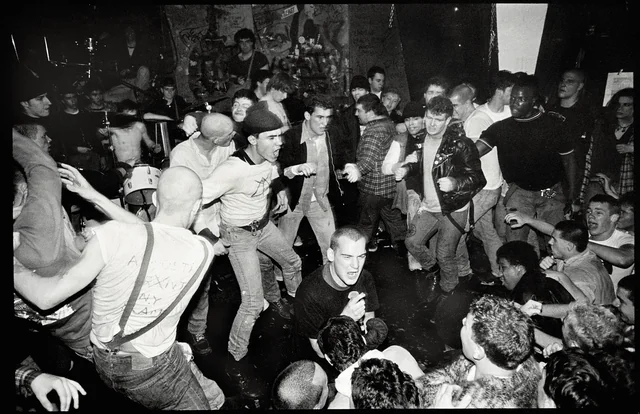
Expansion Beyond Hardcore Punk
While Straight Edge originated within the hardcore punk scene, its principles and ethos soon transcended musical boundaries. By the late 1980s and early 1990s, the movement began to influence other music genres and social movements, creating a broader cultural impact. Bands from genres such as metal, emo, and alternative rock adopted Straight Edge themes, integrating them into their music and lifestyles. Groups like Earth Crisis brought Straight Edge into the metalcore scene, while bands like Fugazi, fronted by Minor Threat’s Ian MacKaye, infused post-hardcore with the same spirit of integrity and sobriety.
Beyond music, the Straight Edge philosophy found resonance with various social and political movements. Its emphasis on personal responsibility, environmental consciousness, and ethical living dovetailed with the rise of veganism, animal rights activism, and the DIY ethic within environmental and social justice circles. The movement’s rejection of consumer culture and focus on sustainable, self-sufficient living attracted adherents from diverse backgrounds, expanding its influence far beyond its punk roots.
Different Interpretations
As the Straight Edge movement grew, it diversified, leading to the development of various interpretations and factions within the community. These variations reflected the different priorities and philosophies of its adherents:
Militant Straight Edge
Some segments of the Straight Edge community adopted a more militant approach, advocating for strict adherence to the movement’s principles and often opposing those who did not follow them. This faction, sometimes associated with aggressive tactics and confrontational attitudes, sought to promote and enforce sobriety with a fervor that occasionally led to tension and conflict within the punk scene and beyond. Groups like the Hardline movement exemplified this militant stance, combining Straight Edge principles with radical environmentalism and anti-capitalist sentiments.
Inclusive and Lifestyle-Focused Groups
In contrast, other Straight Edge factions emphasized inclusivity and personal growth, focusing on creating supportive communities that encouraged healthy living and mutual respect. These groups often extended their principles to include broader lifestyle choices, such as vegetarianism or veganism, and engaged in social activism related to environmental sustainability, animal rights, and human rights. This inclusive approach aimed to provide a positive, welcoming environment for individuals seeking an alternative to mainstream culture’s excesses.
Cultural and Regional Variations
As Straight Edge spread globally, it adapted to different cultural and regional contexts, leading to diverse interpretations of its core tenets. In some areas, Straight Edge became intertwined with local social and political issues, reflecting the unique concerns and priorities of its adherents. This geographical diversification helped to sustain the movement’s relevance and vitality, allowing it to resonate with a wider audience.
Integration with Other Subcultures
Straight Edge also intersected with other subcultures, creating hybrid identities that blended various elements. For example, the vegan Straight Edge movement combined dietary ethics with sobriety, while the anarcho-punk Straight Edge scene integrated anti-authoritarian politics with the Straight Edge lifestyle. These intersections enriched the movement, bringing new perspectives and energy.
Cultural Impact and Legacy
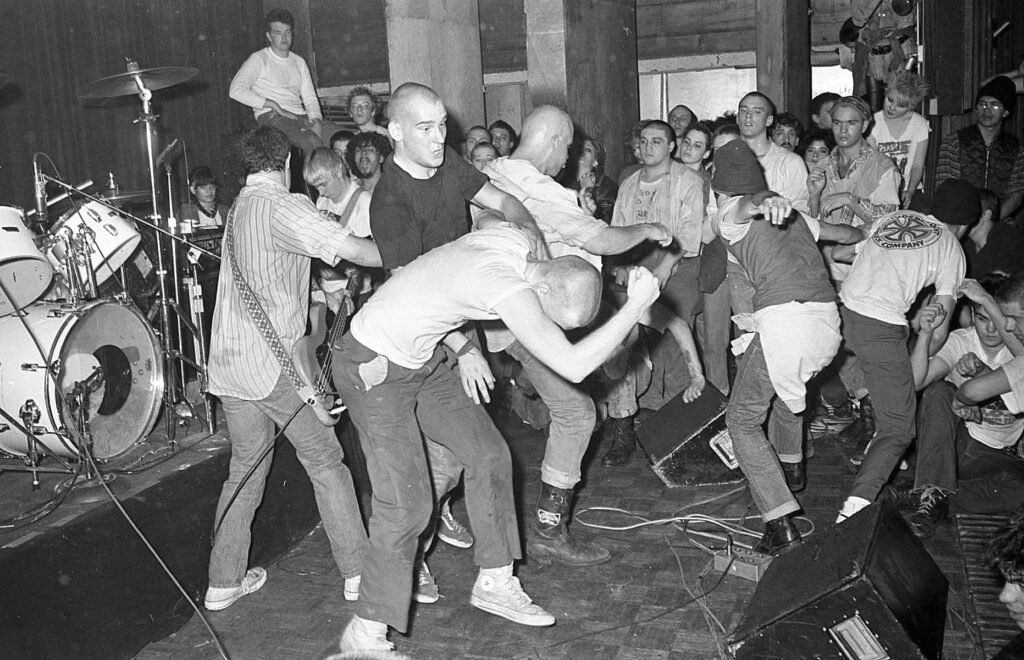
Influence on Modern Bands and Artists
The Straight Edge philosophy has left an indelible mark on the music industry, influencing numerous contemporary bands and artists across various genres. Bands like Have Heart, Bane, and Title Fight have carried the torch of Straight Edge into the new millennium, embedding its principles into their music and message. These bands, while diverse in their musical styles, share a common commitment to the values of sobriety, self-respect, and ethical living.
In the metalcore and hardcore scenes, bands such as Throwdown and Stick to Your Guns have explicitly embraced Straight Edge, often addressing the movement’s themes in their lyrics and public personas. Even artists outside the traditional hardcore punk realm, like Rise Against and AFI, have been influenced by Straight Edge principles, promoting messages of personal responsibility and social consciousness.
Broader Cultural Influence
The influence of Straight Edge extends well beyond the music scene, permeating various aspects of mainstream culture, health movements, and even fashion. The movement’s principles of sobriety and self-discipline have resonated with a broader audience, contributing to a cultural shift towards healthier and more mindful living.
Health Movements
The core tenets of Straight Edge align closely with the principles of modern health and wellness movements. The emphasis on avoiding substances like drugs and alcohol has found a natural ally in the rise of fitness culture, plant-based diets, and mental health awareness. Straight Edge’s focus on clean living has influenced many individuals to adopt healthier lifestyles, even if they do not identify explicitly with the movement.
Mainstream Culture
Elements of the Straight Edge ethos have seeped into mainstream culture, often subtly influencing public attitudes towards sobriety and ethical living. Celebrities and public figures who advocate for sober lifestyles have helped normalize the rejection of substances in a society that often glorifies indulgence. This cultural shift is evident in the growing popularity of sober events and social spaces, such as alcohol-free bars and wellness festivals.
Fashion
Straight Edge has also made its mark on fashion, with its minimalist and utilitarian aesthetic influencing contemporary styles. The iconic black ‘X’ symbol has been adopted in various forms, appearing on clothing and accessories as a statement of identity and values. Brands that emphasize ethical production and sustainability have found a receptive audience in those who adhere to Straight Edge principles, further integrating the movement’s values into everyday consumer choices.
Social Movements
The principles of Straight Edge have intersected with various social and environmental movements, reinforcing its broader cultural impact. The movement’s alignment with veganism, animal rights, and environmentalism has strengthened its appeal among activists dedicated to these causes. This intersectionality has helped Straight Edge remain relevant and vibrant, as it continues to inspire individuals committed to making positive changes in their lives and communities.
In summary, the cultural impact and legacy of the Straight Edge movement are profound and far-reaching. From influencing modern bands and artists to permeating mainstream culture and health movements, Straight Edge has evolved from a niche subculture into a significant force for personal and societal change. Its principles of sobriety, self-discipline, and ethical living continue to resonate, inspiring new generations to live with intention and integrity.
